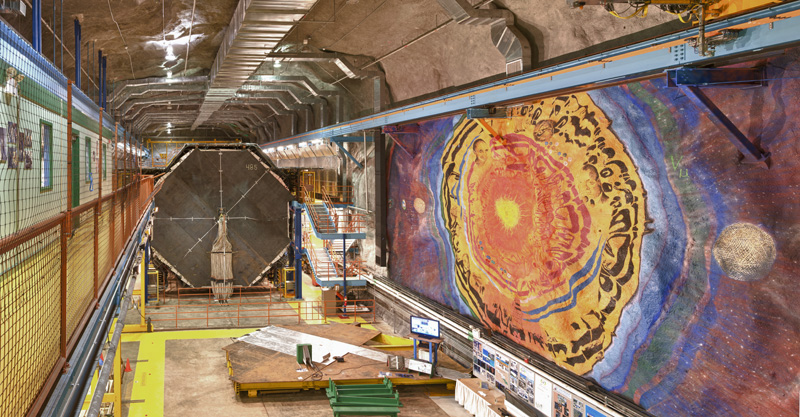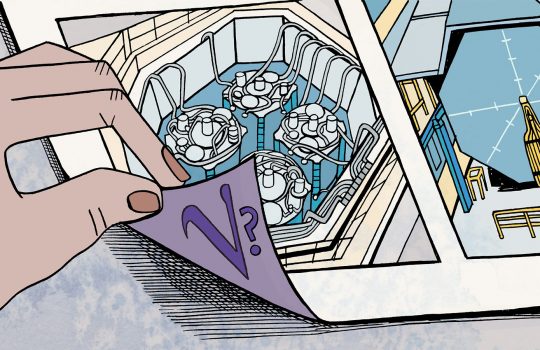Professor Stanley Wojcicki has died at age 86
From Stanford University, June 7, 2023: Stanford University has announced experimental particle physicist, Stan Wojcicki, who played an essential role in modern neutrino oscillation experiments using high energy beams, has passed away. Wojcicki was spokesperson for the MINOS neutrino experiment at Fermilab and was well-known as he played a major role at Fermilab.




